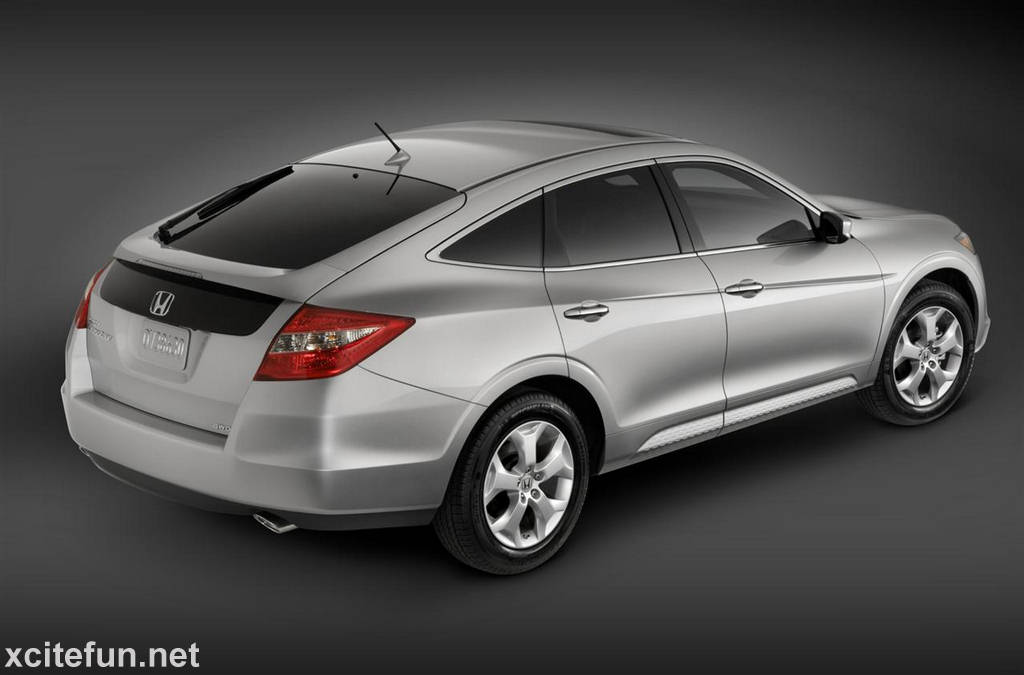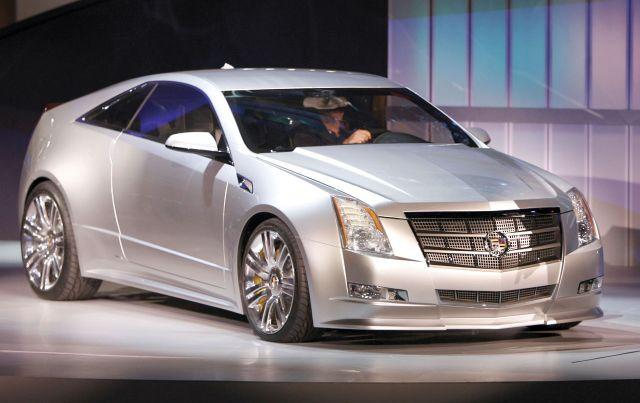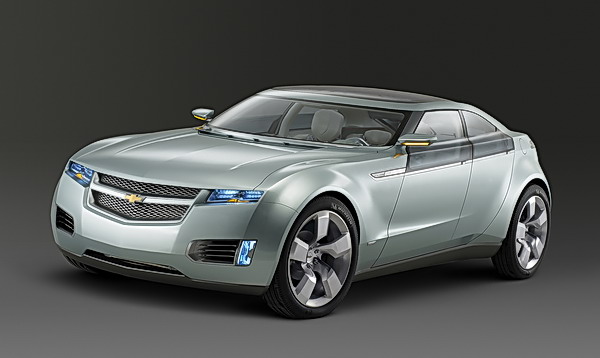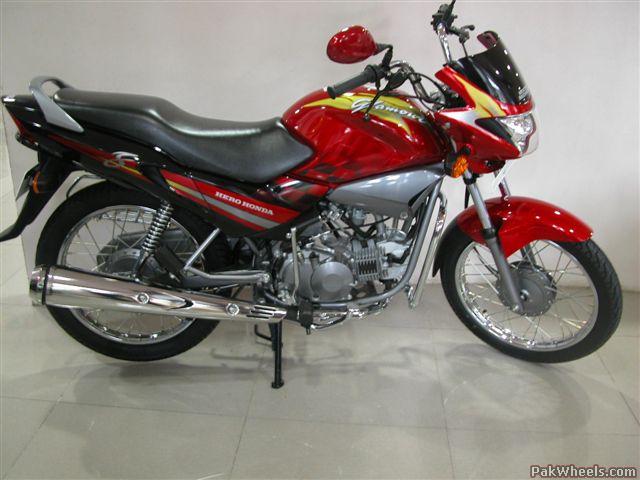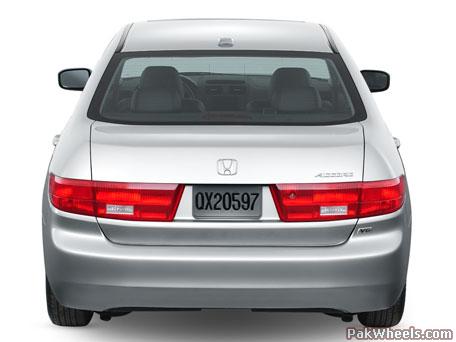The name "Daihatsu" is a combination of the first kanji for Osaka (大) and the first of the word "engine manufacture" (発動機製造, hatsudōki seizō ?) ; when put together they are pronounced "dai hatsu."
Daihatsu was formed in 1951 as successor organisation to Hatsudoki and, by the 1960s, had started exporting cars to Europe, although it did not enjoy any major sales success until well into the 1980s.
Since February 1992 in North America, it has been common for Toyota to distribute Daihatsu models.
In January 2011, Daihatsu announced it would pull out of Europe by 2013, citing the persistently strong yen which makes it difficult to turn a profit from its export business. Daihatsu's sales in Europe had plummeted from 58,000 in 2007 before the financial crisis, to 19,000 in 2010.
Contents
* 1 Company history
* 2 Recent market withdrawals
* 3 Electrics and Hybrids
* 4 Passenger car models
* 5 Plants
* 6 References
* 7 External links
Company history
Daihatsu Midget Model DKA, 1957
* 1907 – Hatsudoki Seizo Co., Ltd. founded
* 1951 – Company renamed: Daihatsu Motor Co., Ltd.
* 1967 – Signed an agreement with Toyota Motor Corporation
* 1988 – Daihatsu USA launched with the Charade and Rocky
* 1992 – Daihatsu USA shuts down in February
* 1999 – Toyota gains a controlling interest (51%) in Daihatsu Motor Ltd.
* 2011 – Daihatsu states that sales of Daihatsu motor cars will cease across Europe on 31 January 2013.
* 2011 – Daihatsu will invest 20 billion yen ($238.9 million) in Indonesia to build a factory that produces low-cost cars smaller than Etios which has been launched in India in December 2010.[3] The construction has been initialized on 70,000 square meters in May 27, 2011 and will start operation at the end of 2012 for producing 100,000 cars per year.
 Daihatsu
Daihatsu
 Daihatsu
Daihatsu
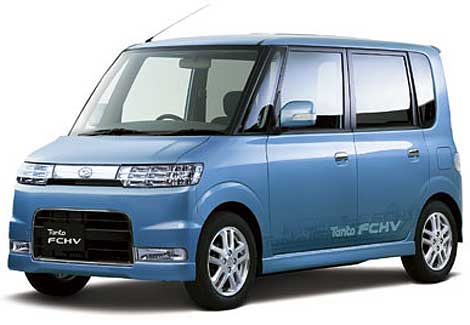 Daihatsu
Daihatsu
 Daihatsu
Daihatsu
 Daihatsu
Daihatsu
 Daihatsu
Daihatsu
 Daihatsu
Daihatsu
 Daihatsu
Daihatsu
 Daihatsu
Daihatsu

Daihatsu


